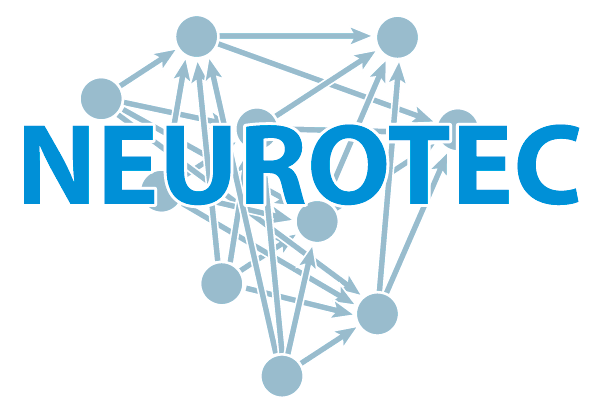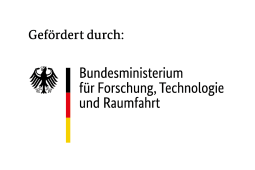NEUROTEC

Herzlich willkommen bei NEUROTEC! Wir sind ein interdisziplinäres Team aus Forschenden des Forschungszentrums Jülich, der RWTH Aachen University und der AMO GmbH. In enger Zusammenarbeit mit regionalen Unternehmen forschen wir an der Entwicklung neuer Materialien, elektronischer Bauelemente und integrierten Schaltungen für eine energieeffizientere Künstliche Intelligenz. Unsere Inspiration liegt in der Funktionsweise des menschlichen Gehirns, die uns zu neuromorphen Algorithmen und Architekturen für innovative KI-Chips führt.
Arbeitspakete und Kooperationsprojekte
NEUROTEC-II ist in sechs umfassende Arbeitspakete unterteilt und beinhaltet zudem vier Kooperationsprojekte mit regionalen Unternehmen sowie ein Demonstratorprojekt. Ziel ist die Entwicklung von Chips mit neuromorphen KI-Funktionen, wie beispielsweise Rechnen-im-Speicher oder die Implementierung neuronaler Netze in Hardware.









